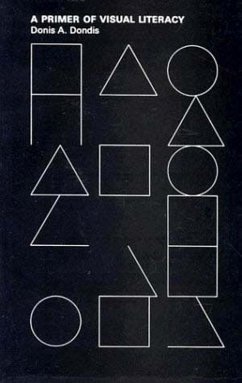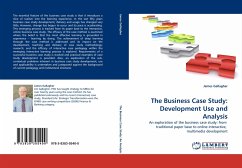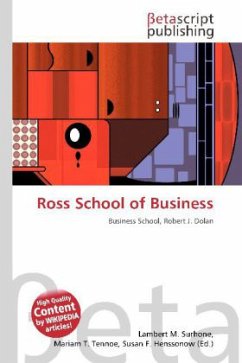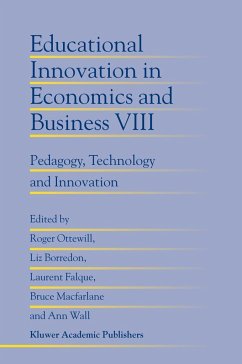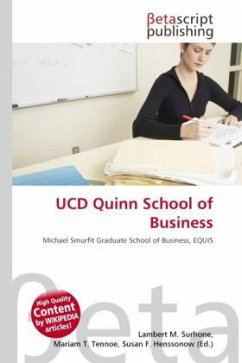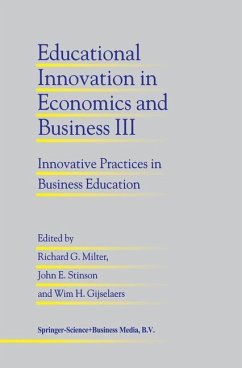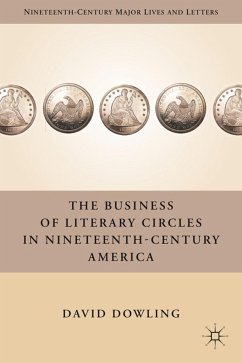
Business Cycles
Testing Methods and Prognosis Evaluations
Versandkostenfrei!
Versandfertig in 6-10 Tagen
32,99 €
inkl. MwSt.

PAYBACK Punkte
16 °P sammeln!
Over the past couple of decades a number of studies were untaken using USA macroeconomic time series to conclude that asymmetries do prevail in these time series during the course of business cycles. Efforts to analyze business cycles asymmetries using international data were quite sparse although it would be interesting to know if business cycle in all the countries of the world were alike. If they are not, it would pose a serious challenge to macroeconomic theorists to develop theories of business cycles that can explain economic fluctuations in different countries of the world without relyi...
Over the past couple of decades a number of studies were untaken using USA macroeconomic time series to conclude that asymmetries do prevail in these time series during the course of business cycles. Efforts to analyze business cycles asymmetries using international data were quite sparse although it would be interesting to know if business cycle in all the countries of the world were alike. If they are not, it would pose a serious challenge to macroeconomic theorists to develop theories of business cycles that can explain economic fluctuations in different countries of the world without relying on country specific institutional factors. That is the reason the present book employs parametric alternate regime switching models and non-parametric techniques such as artificial neural networks to test business cycle asymmetries as a first step in Canada, France, Japan, UK, and USA macroeconomic time series. The books also identifies strengths and weaknesses of the different approachesemployed for testing business cycle asymmetries in addition to comparing the superiority of one technique over the other.




